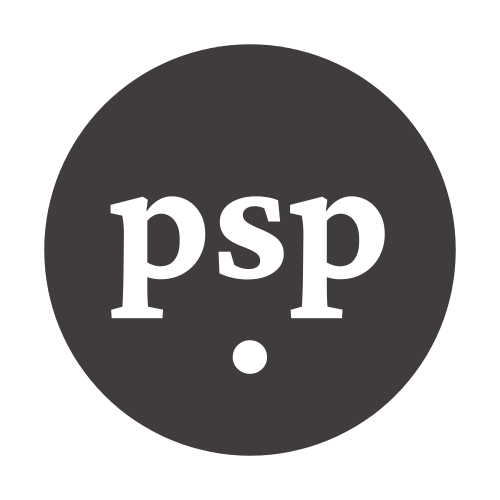How Painting Can Improve Your Poetry
Jade Stephens Photography
We've all been there. Late nights slumped over the desk with a blank page staring us down. Every few minutes we start to write down one or two lines, but everything that comes out seems bland and unoriginal.
Finding the inspiration needed to implement new ideas can be tough when your mind is clouded with too many words and phrases, but thankfully, there's a way to wipe the slate clean and boost your creativity with a colorful new perspective.
Taking the time to paint can enhance your creative side unlike hammering out messy verses. Rather than forcing yourself to endure the monotony, all you need to do is step away from the typewriter, pull out some art supplies, and let your soul cleanse itself; you'd be surprised at how much it could help your poetry.
If you're in need of some serious revitalization, here are a few things you can do to create something meaningful, while giving your brain time to recharge.
Jade Stephens Photography
Painting Can Help Relieve Stress
It may seem a bit counterintuitive to improve your writing by painting a picture, but sometimes, stepping away from a daunting task and diving into an activity that holds no expectation can be a great way to relieve stress.
Art therapy is a blossoming field of mental health that has shown major improvements for those who can connect with its overall purpose. For example, when you were a kid, it didn't matter if you were a talented artist or if you had an exact image of what you wanted to create; you just played! You dug your hands into the clay, you broke out every colored pencil and started filling in random sections, you painted with your fingers and made a mess. This is what art therapy aims to accomplish, and your only job is to experience a free range of creativity with no limitations that can reconnect you with your spirit.
No matter what medium of art you choose, once you get started, you'll become lost in the distraction, allowing yourself to flow with the natural process of creation, all while expressing your emotions and frustrations in a healthy way that doesn't challenge you to be better or perfect.
Khara Woods Photography
Use Whatever Art Supplies You Have
Once you're in the zone and ready to discover your inner Picasso, all you have to do is pull out whatever art supplies you have and get cracking.
An artist doesn't need a huge easel or an exquisite canvas to make something, so instead, find an old wooden door sitting on the street corner, maybe you have sketchbook lying around, or there could be a blank wall in your home that you've been dying to spruce up! The options are endless when it comes to a backdrop, and better yet, you can essentially use whatever you want to provide some color.
Not everyone has paints to choose from, but hopefully you have some pencils tucked away in your desk or some markers leftover from high school. If you really want to get creative, you can scope out your fridge and fashion some colors out of fruits and veggies! Finding alternatives to necessities can be a great way to enhance your critical thinking, but of course, some people may want to ready themselves with the right tools before getting started, which also has its benefits.
If you're someone who would rather enhance your creative side with solid materials, then take a trip down to your local art shop or major retail art store. Getting out of the house and filling your mind with a different agenda will help reset your sanity. Plus, you can get inspired by tons of new ideas when you browse for supplies.
Whether you go to a Michael's or a JOANN Fabrics, one lap around the store is sure to make a lasting impression (pun intended). You'll find high-quality paints and brushes, big or small canvases with sturdy frames, spray paints and charcoals for a more grunge design, or you may realize that you'd rather knit a sweater and you buy some crotchet gear instead. It doesn't really matter what you decide to buy, so long as you find something that allows you to transition your artistic side away from writing. When you're done, you can head back home and start burning the midnight oil.
Nicole Honeywill Photography
Unleash Your Imagination and Paint without Fear
Now that you're stocked and ready to go, setup your materials and think back to what you originally intended to write. If it was a poem about yourself, then choose a color and start to paint what yourself represents. It could be a lone flower, a storm cloud, or a vast desert; the main objective is to capture your feelings on the surface. There are no words to explain or give reason to your work, and it is simply the act of unencumbered representation that brings your mission to light. Allow your mind and spirit to work harmoniously as it moves from one image to the next, one color to the next. Don't be afraid to begin forming a blue sky in the background, but then you add slashes of black or purple into the foreground, initiating a new scenery that juxtaposes and questions. In a sense, that's what poetry is all about. It is a relationship of understanding and interruption. The poet struggles to make sense out of a feeling, a memory, an instance, and within that battle, there are interjections of insight and confusion. When you're finished, take a step back and absorb the picture in its entirety. Pay attention to your messy surroundings, the images on the canvas, the colors bleeding together, the drops of paint on your hands and clothes. Within this framework, you've created something of substance, and now, take out your typewriter and transform what you see into verse.




